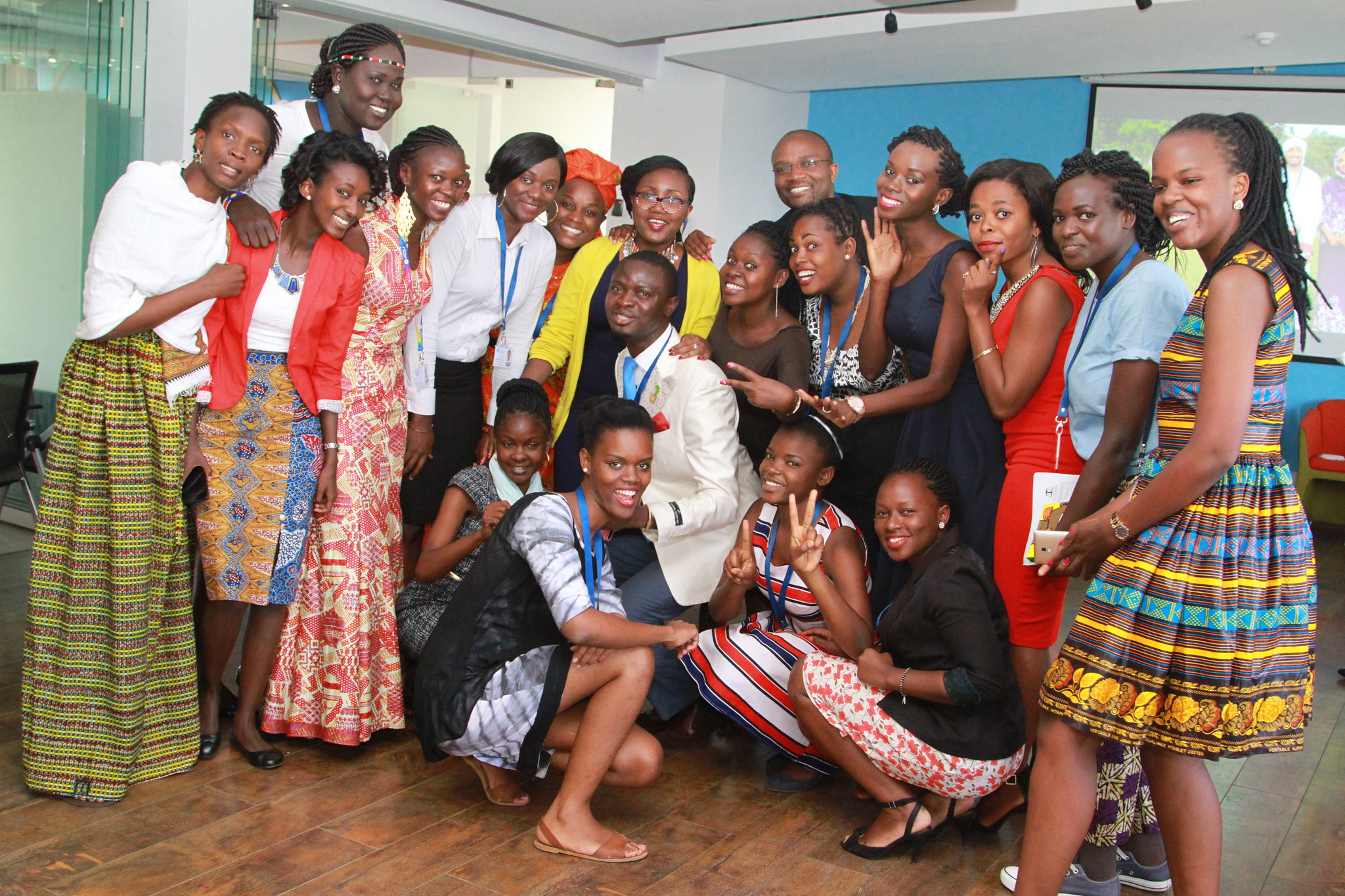
Introduction
Understanding the status and aspirations of youth in Kenya from a comprehensive and holistic perspective is essential for determining impactful and sustainable programmatic and policy interventions. With this objective in mind, USAID Kenya East Africa sought to conduct a systematic and contemporary assessment of prioritized needs of marginalized youth through a participatory research methodology that will directly guide youth in the design, implementation, analysis and development of recommendations.
About the Assessment
This cross-sectoral youth assessment will inform USAID/KEA’s new Country Development Cooperation Strategy (CDCS) as well as a new youth program that will achieve sector-specific, as well as cross-sector, strategic objectives. To be impactful and sustainable, the design is intended to be co-led, co-owned, and co-managed with youth.
The first phase consisted of a desk review. Since there have been many previous such reports, this desk review focused on synthesizing data, both qualitative and quantitative, that sheds light on the challenges and opportunities facing youth, with particular attention to the intersectionality of age, gender, and vulnerability.
The second and third phases consisted of youth engagement and youth-leadership through a ground truthing process and youth-led design thinking sessions. To ensure the assessment adds value to past and current work and is embraced by youth themselves, it was conducted with the direct engagement of youth themselves-not only accounting for their voices but also retaining youth for the actual gathering of data analysis and recommendations. Since the focus is on local youth engagement in, and ownership of, assessment and recommendations, the process openly supports USAID’s Journey to Self-Reliance directive, and therefore, will in the longer term, enhance Kenya’s capacity to plan, finance, and implement local solutions for youth.
Key findings include:
- Sources of vulnerability, marginalization, and disaffection are poverty, disease/illness, violence/abuse threatening physical and psychological safety, and ethnicity/religion, as they affect relative power and access to opportunities and services.
- Youth subgroups are typically based on cross-sections by age, gender, where they live, years in school, at what age they married and/or had first child.
- Youth networks need to be strengthened and expanded to make them accessible for vulnerable young Kenyans.
- Young people believe they can address challenges through a variety of individual and group engagements, such as peer-to-peer counseling, peer role models, peer mentors, and group activities (sports and/or community clean-ups and patrolling, etc.).
Please access an executive summary and the complete report below.
